Гватемала Антигуа - кафе на месец Ноември

Избрахме ноемврийското кафе да бъде от Гватемала. Една от най-живописните страни в Централна Америка и център на могъщата цивилизация на маите. Място с много исторически и културни паметници, три от които са включени в списъка на ЮНЕСКО: Археологическият парк "Киригуа", Националният парк „Тикал" и град Антигуа, откъдето идва и нашето кафе.

Гватемала е 9-та най-голяма страна отглеждаща кафе в света. Производството започва в средата на 1800 г. с развитието на малки плантации. Със значителните чуждестранни инвестиции по онова време кафеената индустрия процъфтява и за голяма част от края на 20 век и началото на 21 век Гватемала е най-големият производител на кафе в Централна Америка.
Районът за кафе Антигуа е един от най-известните в страната благодарение на качеството и количеството, което произвежда. Сгушен в долината на 3 вулкана, той се отглежда в планинските „финкаси“ (ферми) на над 1500 метра надморска височина и има идеални условия - богати почви, обилен дъжд и слънце и сравнително постоянни температури.
Климатът създава не само здрава и продуктивна среда за реколтата, но и красива, райска дестинация за почивка. Температурата е от 19 до 22 градуса по Целзий. Валежите обикновено са между 800 mm и 1200 mm всяка година с влажност, която остава относително постоянна на около 65%.
Видовете кафеени растения, отглеждани в района на Антигуа, включват сортовете Арабика: Катуай, Катура и Бърбън.
Различните сухи и влажните сезони осигуряват постоянен климат, който води до еднакво съзряване сред дръвчетата и техните плодове , като събирането на зелено кафе обикновено се извършва от януари до средата на март.

През 2000г. регионът получава Деноминация за произход под името „Genuine Antigua Coffee”, след като пазарът девалвира кафето с измамна търговия. Кооперативът FEDECOCAGUA, от който идва нашето кафе, притежава тази Деноминация, която е известна като качество GAP, описвайки автентичността на произхода и пасторалното качество, доказвайки, че нашето кафе наистина идва от региона на Антигуа.
Ароматът наподобява плодове, мед и тютюн. Вкус е меден, нотки на стафида, а послевкусът- с продължителна сладост. Киселинността е средна-винена.
Повече за гватемалските кафета можете да си припомните статията ни за Гватемала Кобан и да сравните, че дори кафето да идва от една и съща държава, разликите са повече, отколкото приликите. Факторите, които влияят, са много и е хубаво да сте информирани, за да знаете кое наистина е вашето кафе.
Нашето кафе от Гватемала Антигуа можете да поръчате : печено (тук) и сурово (тук).
Беше ли ви интересна информацията? Кое бихте желали да бъде следващото „Кафе на месеца“, което да ви представим? Споделете ни в социалните мрежи ( Instagram - @martinescaffe; Facebook – MARTINES CAFFE) или в коментари по-долу.

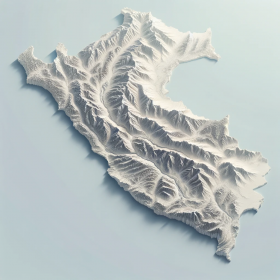
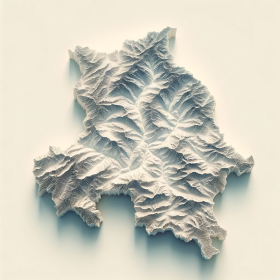

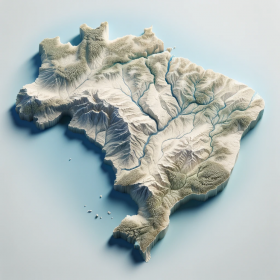
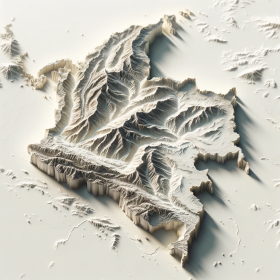
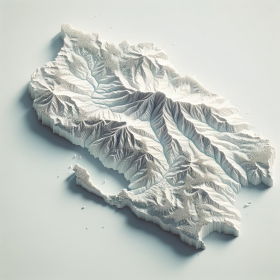


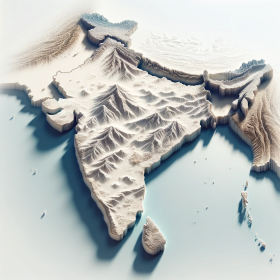

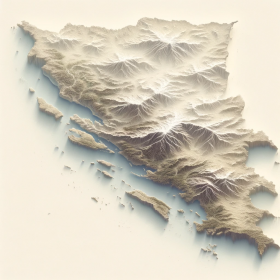

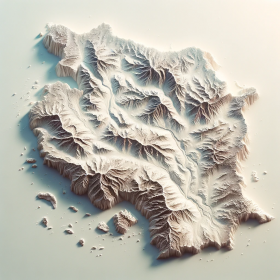
Оставете коментар